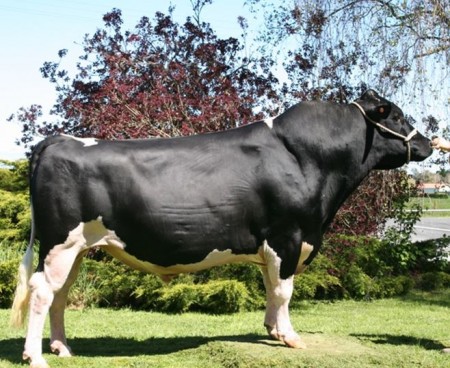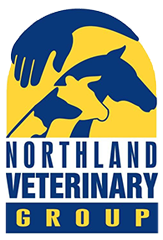 The Cattle AIDS-like virus. BVD. This virus, Bovine Viral Diarrhoea, is common in Northland with 40% of dairy herds having had recent exposure and 13% of all dairy herds that have BVD cycling in them and this is usually a result of persistently infected cows. ( they were born infected and have no immune response to the virus).
The Cattle AIDS-like virus. BVD. This virus, Bovine Viral Diarrhoea, is common in Northland with 40% of dairy herds having had recent exposure and 13% of all dairy herds that have BVD cycling in them and this is usually a result of persistently infected cows. ( they were born infected and have no immune response to the virus).
This virus can suppress the immune system and is associated with scouring, pneumonia, poor growth rates, poor conception, production, increases in somatic cell counts( mastitis) and increases in empty rates.
This is definitely not just associated with dairy herds as similar numbers are found in beef herds.
I have seen dairy herds have a wave of this go through a naïve herd and the costs associated with this in a 400 cow herd were in excess of $200,000.
A herd study by Cord Heur from Massey university demonstrated that where the disease is cycling ( High Antibody herds) these herds had 5% less milk, 2.4 % later conception, 2% higher abortion rates. This is the more common presentation that we see.
The costs of control do add up but the costs of control are better than the costs of disease averaged over a 10 year period.
Most dairy farmers have an awareness of the disease and if you have high antibody levels in your herd then you should be contacting us. If you don’t know what your levels are then we can help you.
All dairy calves being kept as replacements should be checked to ensure that none of them are PIs (carriers). Its more than likely these will need vaccinating. Some of these infected calves look just as good as their herd mates.
Ring us if you need more information or go to www.controlbvd.org.nz
Bull Power
ENSURE ALL BULLS HAVE BEEN TESTED CLEAR OF BVD AND VACCINATED AGAINST IT BEFORE USE!!!
On many farms, bull power is often inadequate, and can have a big effect on reproductive performance – especially in a year like this where non-pregnant numbers at the end of AI will be higher than usual.
The number of bulls required will depend on the likely % of cows pregnant at the end of AI – For those of you who dealt with non-cyclers early, you will have more in calf at that point than those who treated non-cyclers in the 2nd round of AI, so are likely to need fewer bulls.
The InCalf book has a useful table on p 129 to help calculate how many bulls you will need based on the cow numbers likely to be in calf at the end of AI.
NB if synchronising heifers, you will need to DOUBLE the bull power around the time they are due to return (i.e. 1:15 non-pregnant heifers compared to the usual 1:30).
Don’t forget to have extras available for replacing sick / injured bulls.



